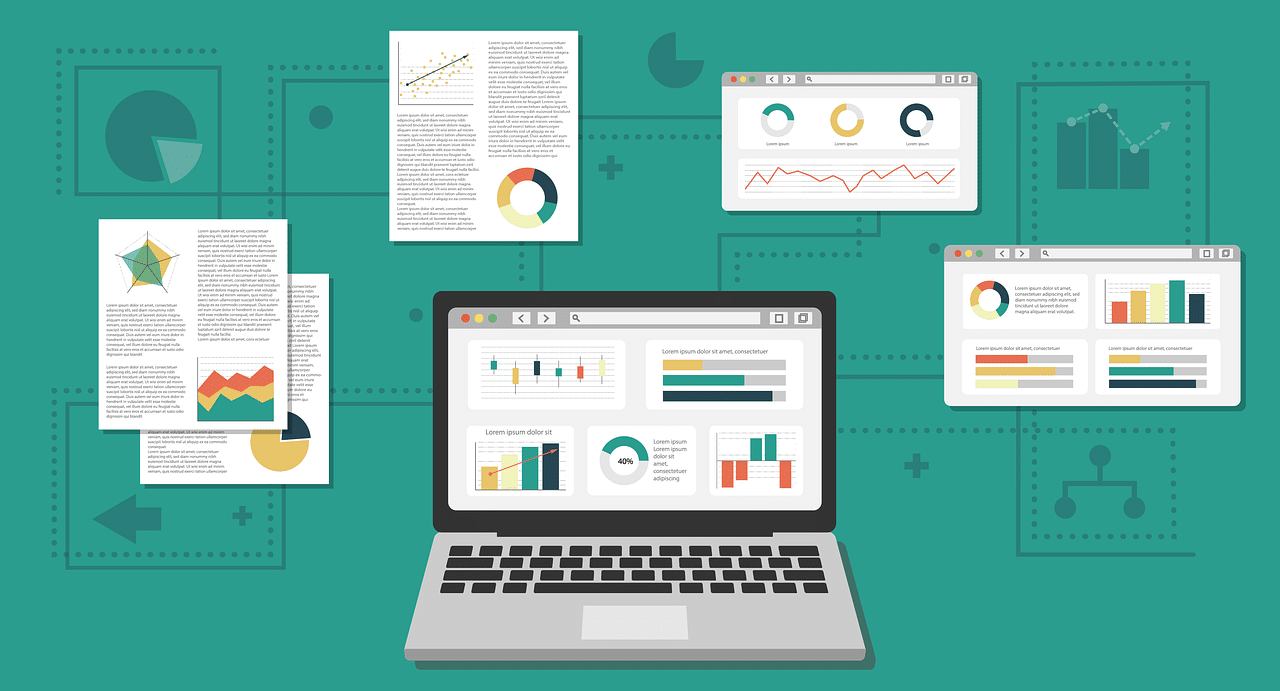
Bioinformatics involves the use of computer science tools for the study and management of biological data.
Bioinformatics is a discipline that allows the application of computer science tools to the study and management of biological data. Various areas of knowledge interact in its field, such as computer science, statistics and chemistry.
Medicine makes use of the information provided by bioinformatics to develop research work and improve the tasks of prevention, diagnosis and treatment of ailments and diseases. Bioinformatics, in this framework, can be very useful for the analysis of very small scale elements, such as proteins and genes .
Features of bioinformatics
The development and application of computational resources for the management of medical or biological data is the axis of bioinformatics. Its purpose is the creation of tools that allow obtaining, storing, analyzing and displaying this type of data .
It is common for the concept of bioinformatics to be confused with other notions. Computational biology , for example, is focused on the creation of theoretical models and simulation techniques. Biocomputing , for its part, aspires to the production of computers (computers) that have biological components or that function like a living being .
A simplified definition indicates that bioinformatics consists of the creation of computer tools to analyze and manage data of interest to biology . Bioinformatics can also be understood as a discipline that uses and processes information to understand biological aspects.

The applications of bioinformatics are numerous.
Your goals
In addition to all of the above, we can highlight the fact that bioinformatics has three clearly defined objectives:
- Offers resources and tools that can help with data analysis .
- Organize all the information in databases or BBDDs. In this way, it will be easier for the researcher not only to access them but also to analyze and work with them for their projects to reach new results and conclusions.
- Use the data and resources to analyze them thoroughly and proceed to interpret the results.
Applications of bioinformatics
The annotation (marking) of genes , the analysis of deoxyribonucleic acid ( DNA ) sequences and the study of gene and protein expression are some of the objects of study of bioinformatics.
No less important is to know that bioinformatics is currently used in many ways:
- To proceed with the design of medications, which will have a very positive impact on human beings who can find a suitable drug for their pathologies.
- To look for similarities between different molecules. This is relevant within the studies undertaken on evolution.
- To study in depth and analyze climate change. A truly important work for humanity and the environment in general. This function is one of the most valuable in recent years due to the increase in concern about global warming.
